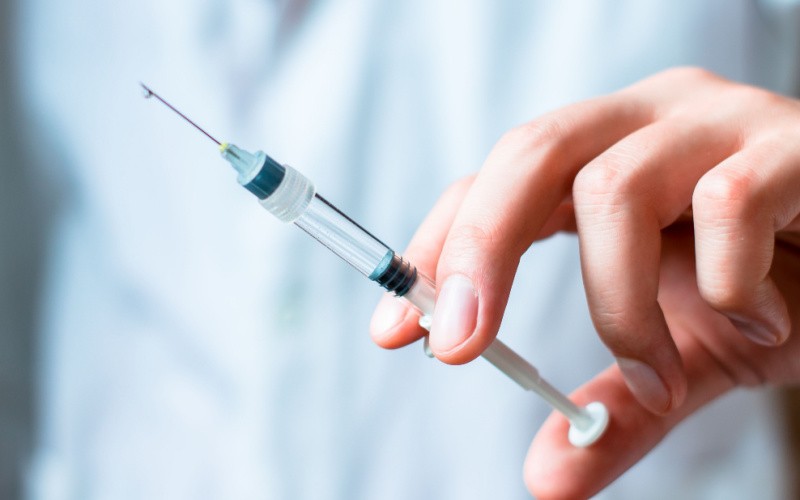You would be forgiven for assuming Scrotox was the name of an unfortunate medical condition.
Quite the opposite, however, Scrotox is a portmanteau word, like smog, which combines parts of multiple words to create a new word. Here, we use scrotum and botox to get Scrotox.
But why are men opting for Scrotox and is it something that could help you?
Who needs Scrotox?
An injection of botulinum toxin, botox, was traditionally used to treat conditions including chronic scrotal pain (CSP), inflammation, and in some cases, erectile dysfunction (ED).
However, when considered as part of scrotal rejuvenation, the injection of botox into the scrotum is for purely aesthetic reasons, rather than medical ones.
If you choose to opt for Scrotox, the benefits include:
- Your scrotum is less wrinkled and can look larger or fuller
- Scrotal sweating will be reduced
- The testicles will hang lower from the body
- Sexual experiences can be improved thanks to an increase in self-esteem
How is Scrotox administered?
As with traditional botox procedures, Scrotox is administered via an injection into the scrotum.
If botox treatment has been suggested by a specialist urologist for medical intervention, the injection site may differ. Your expert urologist can give you advice based on your personal circumstances, but if being used to treat erectile dysfunction, the injection site will be placed on the corpus cavernosa on the penis, while if you’re struggling with scrotum pain, it is likely to be injected into specific areas of the scrotum.
Before your injection, a local anaesthetic is used, either in the form of a numbing cream or an injectable anaesthetic that will numb the injection site/s.
Once numb, your urologist will inject the scrotum with the toxin, taking care to ensure the whole area is covered.
Afterwards, your urologist will clean up any bleeding and send you home.
What is Scrotox recovery like?
The Scrotox procedure is relatively quick, taking on average around 30 minutes and you are free to leave once completed, you will not need to stay at the clinic.
You may feel a little tenderness after the procedure, alongside a tight feeling and a little bruising at the injection site – this should pass within the following days.
While you can go back to work or go home to relax, it is not encouraged that patients do any very vigorous exercise, including heavy lifting, and abstain from sexual activity for at least the rest of the day.
You should notice the effects of your treatment within a few days, and these can last for around 3-6 months, though this will vary on a patient-by-patient basis.
